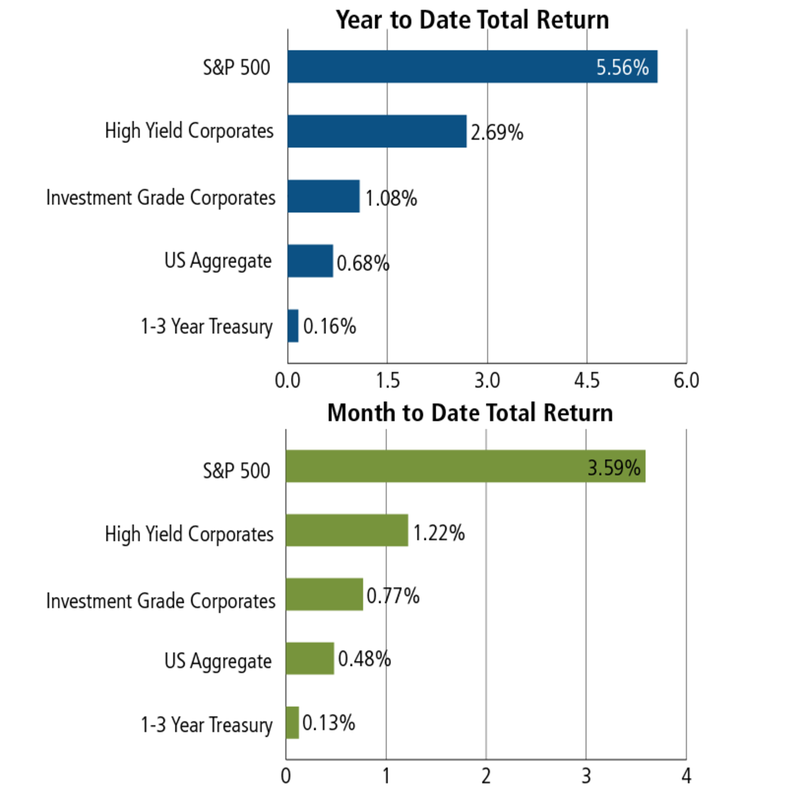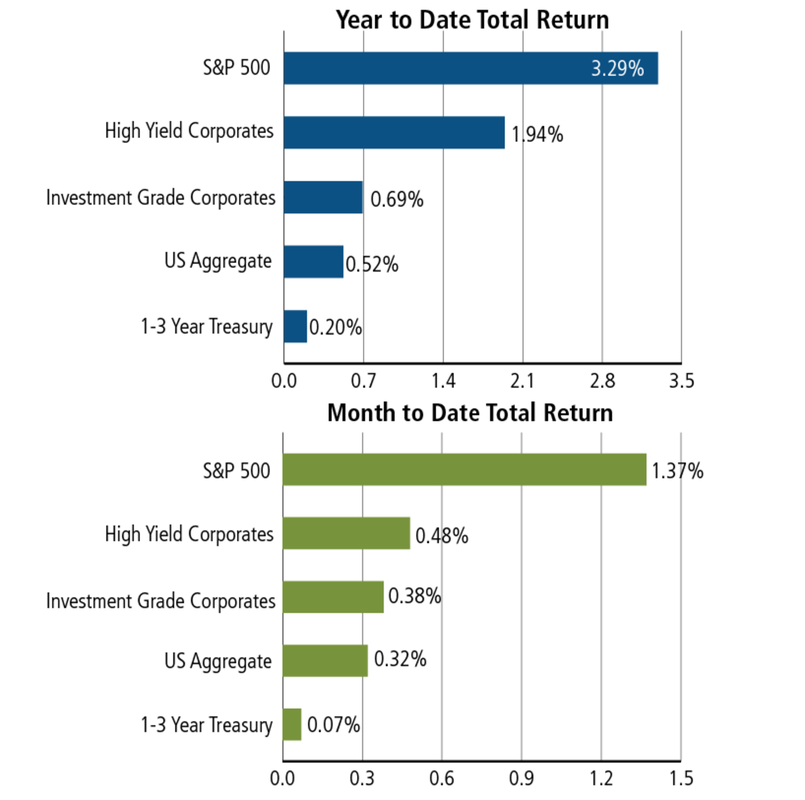- Reduce Capital Gains and Dividend Tax Rates from current high of 20% to 16.5%
- Eliminate Carried-Interest Deduction (taxed at ordinary income)
- Collapse the seven current individual brackets into three brackets 33%, 25% & 12%: a top rate of 33% ($112.5K+ individual and $225K+ joint); 25% under $112.5K individual/$225K joint; and 12% for those earning under $37.5K individual/$75K joint
- Eliminate 3.8% Obamacare surtax on investment income
- Eliminate Estate Tax and Alternative Minimum Tax (AMT)
- Expansion of EITC/CTC Tax Credits for lower-income Americans (potentially extra $1000+ per month for working-poor)
- House GOP plan eliminates all itemized deductions besides the mortgage interest deduction and the charitable contribution deduction (raises $2.3T over 10 years)
-Two technical factors may lend support to asset valuations and provide a cushion against the slew of event risks looming this year: First, in a recent study, JPMorgan highlighted that there was a decline in equity supply last year & this created support for equity markets. This trend is anticipated to be an accommodating mechanism in 2017 as global equity supply should further shrink with share buybacks, mergers and leveraged buyouts. Second, net supply of new U.S. investment-grade debt could decline by as much as 31 percent to $511 billion in 2017 thanks to a wave of maturing bonds and coupon payments, according to Bank of America Corp’s calculation. In short, altogether there appears to be less equity supply and more cash coming into play which should bode well for lofty equity valuations. Moreover, there is another component - Wall Street firms (such as RBC) expect corporate earnings to “re-accelerate” to 7.8% growth with profitability being fuelled by an improved operating environment for “financials, less –onerous regulations, and energy.”
-A recent study by FinMason found that a whopping 43% of investors do not know what risk tolerance is and 73% of the survey respondents indicated that their advisor never discussed or explained the potential for portfolio losses that could occur with another big market crash. A conversation explaining volatility, particularly downward portfolio moves, and how it can be controlled through asset allocation is the best way to approach the understanding. For example, we show clients that equity declines of -5% or more are quite frequent at three times a year on average, while -10% or more occur about once a year and -15% or more once every two years on average. Bear market events with equity losses exceeding -20% or more are infrequent, occurring every 3.5 years and lasting about a year in duration. Portfolio diversification may help reduce risk, and the lower the correlation between returns from different securities in a portfolio, the greater the diversification benefit. Successful diversification depends upon combining asset classes that are not perfectly correlated.
-Today (2/1/17), the FOMC left its target range unchanged at 0.50%–0.75%, and reiterated that “gradual increases” in the federal funds rate are still planned. There also appears to be a bias of no move for the March meeting. The only new issue mentioned concerned consumer and corporate sentiment, which were noted to "have improved of late". The 10-year Treasury notes are highly sensitive to small changes in interest rate expectations. This can be beneficial when interest rates are declining, but quite the opposite when interest rates are on the rise. After returning +8.0% during the first half of 2016, 10-year U.S. Treasury notes returned -7.5% during the second half of the year as their yields rose by more than 1%.

